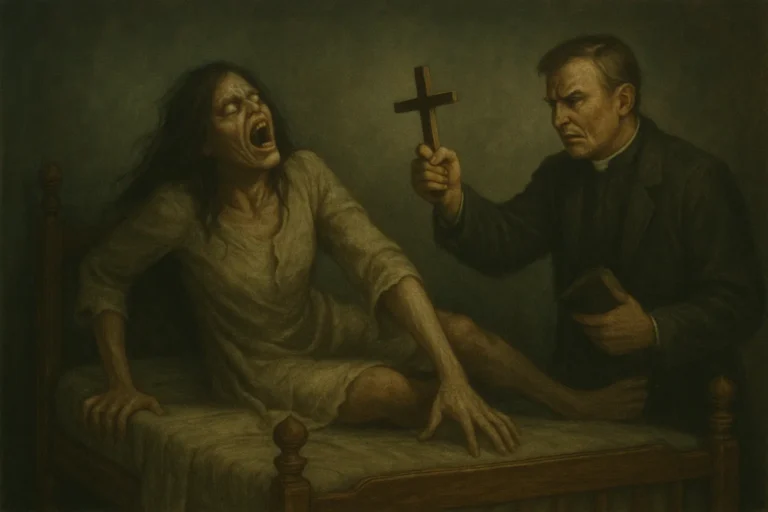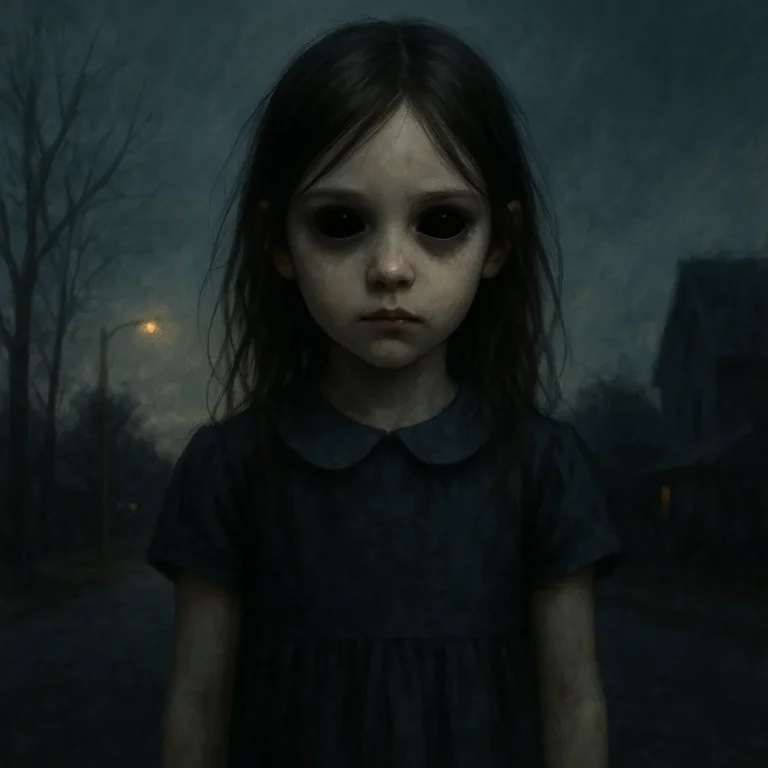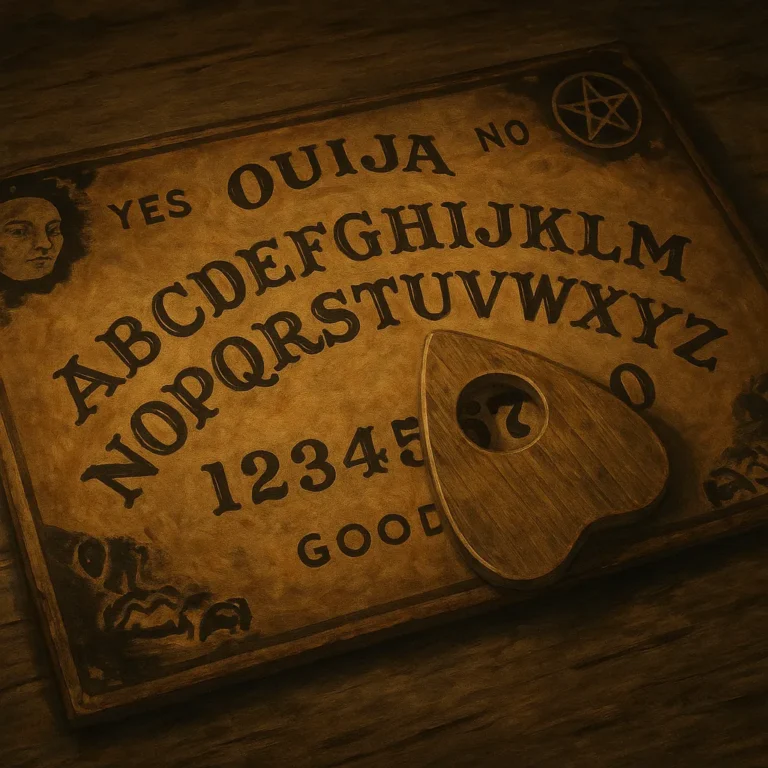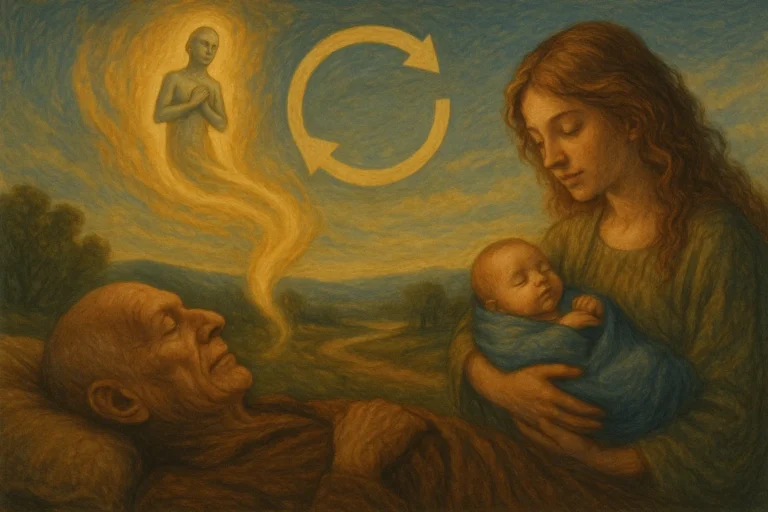Skinwalkers: The Shapeshifting Witches of Navajo Legend
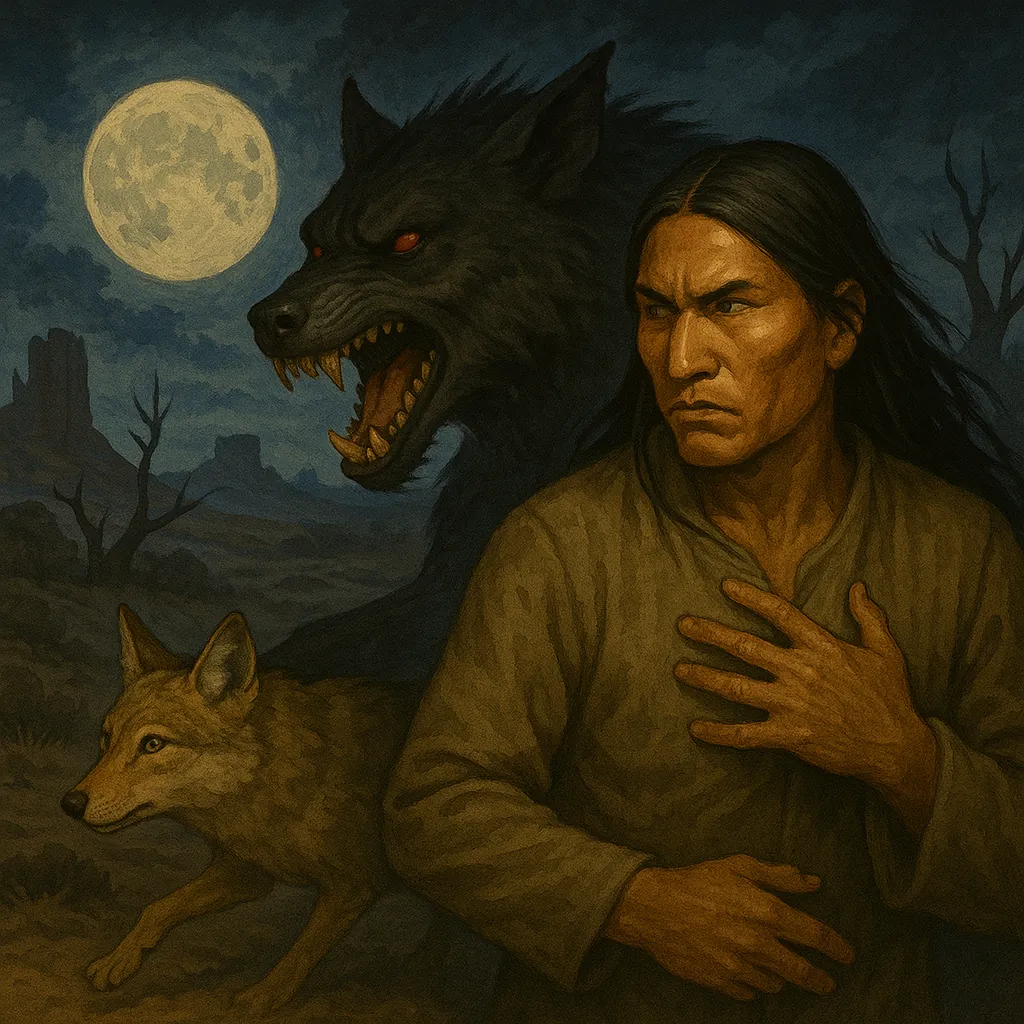
In the wide, silent stretches of the American Southwest, beneath moonlit mesas and blood-red cliffs, a legend lingers in the dry air. It moves like a whisper through the canyons, a warning passed down through generations. It speaks of Skinwalkers — dark witches capable of shifting into animals, wearing fur like a second skin.
According to Navajo lore, these beings are not just myth. They are real, and they are dangerous.
Stories of Skinwalkers are often cloaked in fear, shared cautiously by those who grew up on the reservation. To even speak their name is considered risky by many, as it is believed to draw their attention. But for those outside the culture, curiosity often takes hold — especially with the strange phenomena reported at a place that’s become synonymous with the legend: Skinwalker Ranch.
Could there be something more to this ancient warning than superstition?
🐾 The Legend of the Skinwalker
The word “Skinwalker” comes from the Navajo yee naaldlooshii, meaning “with it, he goes on all fours.” These beings are said to be powerful witches who have turned away from traditional healing practices and chosen the path of dark magic. Through ritual and taboo, they gain the ability to transform into animals — most commonly wolves, coyotes, owls, or crows.
But a Skinwalker is not just a shapeshifter. It is a sorcerer who kills, curses, and manipulates. Some stories say they can mimic voices to lure victims out into the wild. Others claim they can possess people or animals, appearing in dreams or vanishing before your eyes.
Their transformation is often described as grotesque — not smooth or magical, but painful and unnatural. Fur bursts from skin. Bones snap and reshape. What’s left is something wrong. Something in-between.
The fear surrounding Skinwalkers isn’t just about physical danger. It’s spiritual. Deeply unsettling. A reminder that evil doesn’t always wear horns — sometimes, it wears your cousin’s face or a wolf’s pelt.
🏜️ The Mystery of Skinwalker Ranch
Located in northeastern Utah, Skinwalker Ranch — also known as Sherman Ranch — spans roughly 500 acres of scrubland. On the surface, it looks like any other patch of desert. But the stories tied to this place have drawn scientists, journalists, and paranormal investigators for decades.
The ranch gained national attention in the 1990s, when the Sherman family purchased the property and began reporting a series of bizarre and terrifying events. Livestock were found mutilated with surgical precision. Strange lights danced in the sky. A massive wolf, impervious to gunfire, appeared and vanished. Footprints would appear out of nowhere — then stop in the middle of an open field.
Terry Sherman told The Deseret News in 1996, “We’ve seen [the lights] enough and we’ve seen stuff, and we’ve heard stuff. I mean, you talk to a lot of people around here that at some point have seen something they can’t explain.”
The activity became so intense that the family sold the ranch to billionaire Robert Bigelow, who launched the National Institute for Discovery Science (NIDS) to study the phenomenon. Though some reports were published, much of the research remains classified or inconclusive. In 2016, ownership changed again — this time to a group that has leaned into the mystery, releasing documentaries and permitting limited access to researchers.
The events at Skinwalker Ranch don’t follow any single pattern. They include UFO sightings, poltergeist activity, cryptid encounters, and electromagnetic anomalies. Which raises the question: are Skinwalkers just one piece of a larger puzzle?
👣 Signs and Encounters
For those who live near the Navajo Nation or in the Four Corners region, Skinwalker sightings aren’t confined to the ranch. People have reported seeing unnaturally large coyotes staring into their homes late at night. Others describe hearing their names whispered in the dark, or seeing strange figures darting between trees just beyond the light of their porch.
In one chilling account, a man driving through the reservation said a figure ran alongside his car at 60 miles per hour — a figure with the face of a man but the body of an animal. When he sped up, it kept pace, before vanishing into the brush without a sound.
Another woman told of a neighbor who fell ill and claimed a Skinwalker had visited her at night. When she died weeks later, her dogs were found dead, too — eyes missing, bodies untouched otherwise. No tracks were ever found.
While skeptics chalk these stories up to folklore, misidentification, or even sleep paralysis, those who’ve lived it insist: this is something different. Something that doesn’t want to be understood.
🔮 Between Belief and Fear
The Skinwalker legend isn’t just a horror story. It’s a reflection of cultural beliefs about balance, healing, and the misuse of power. In traditional Navajo teachings, the world is about harmony — with the earth, the spirits, and each other. A Skinwalker is someone who breaks that harmony, who abuses sacred knowledge for personal gain.
That’s why talking about them is taboo in many Native communities. It’s not about fear for fear’s sake. It’s about respect for a force that walks a darker path.
Unfortunately, outsiders have often sensationalized the legend, reducing it to scary campfire tales or cheap TV scares. But behind the myth is a deep spiritual warning: not all knowledge is meant to be used. Not all power is meant to be wielded.
🕯️ Still Watching
Whether you believe Skinwalkers are literal shapeshifters, dark spirits, or simply stories passed down to keep children close to home after dark, there’s no denying their staying power.
They haunt roadsides, deserts, and dreams — always just beyond the reach of headlights. Sometimes they appear in places with no animals at all, as a shadow that moves without sound. Other times, they come through a knock on the door, or a whisper in the woods.
So if you’re ever driving through Navajo land and see a lone animal watching from the side of the road — something with too-human eyes or a stance that’s not quite right — maybe don’t stop.
And whatever you do, don’t look back.

